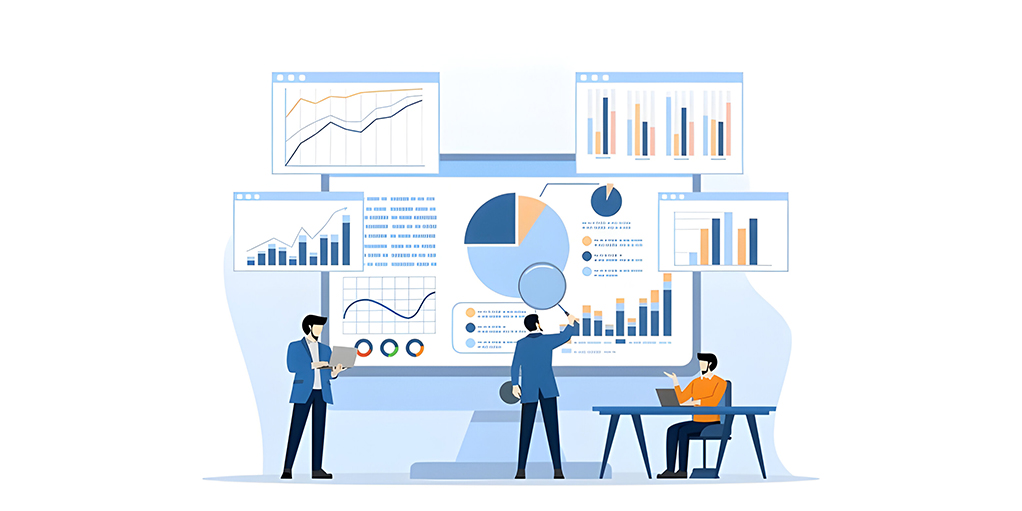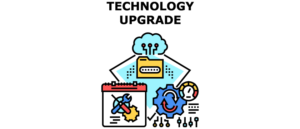Introduction
Optimizing your campaigns in the ever-evolving digital marketing landscape is crucial to achieving better performance and higher returns on investment (ROI). Whether running PPC ads, social media campaigns, or email marketing, continuous optimization ensures that your efforts are practical and aligned with your business goals. Here are key strategies for optimizing your digital marketing campaigns.
Set Clear Objectives
Before diving into optimization, it’s essential to establish clear, measurable objectives. Whether it’s increasing website traffic, generating leads, boosting sales, or enhancing brand awareness, having specific goals will guide your optimization efforts. Define your objectives using the SMART criteria (Specific, Measurable, Achievable, Relevant, Time-bound).
Understand Your Audience
Knowing your target audience is fundamental to campaign success. Conduct rigorous market analysis to determine your target audience’s demographics, interests, habits, and pain concerns. Use Analytics from Google, social media analytics, and customer surveys to collect useful information. Tailor your messaging and creative elements to resonate with your audience’s needs and preferences.
Perform Keyword Research
For PPC and SEO campaigns, keyword research is vital. Identify effective keywords related to your business that have a good balance of search traffic and competitiveness. Use tools like Google Keyword Planner, SEMrush, and Ahrefs to find keywords that can drive targeted traffic to your site. Regularly change your keyword list in response to statistical data and market developments.
Optimize Landing Pages
Landing pages play a crucial role in converting visitors into leads or customers. Ensure that your landing pages are optimised for visitor satisfaction and conversions. Key elements include:
- Clear Call-to-Actions (CTAs): Make your CTAs prominent and compelling.
- Mobile Responsiveness: Ensure your pages load quickly and look great on all devices.
- A/B Testing: Continuously test different versions of your landing pages to identify which elements drive the best results.
Leverage A/B Testing
A/B testing, or split testing, allows you to compare two versions of a campaign element (e.g., ad copy, CTA, landing page) to determine which performs better. Regularly test different variations to optimize your campaigns. Key areas to test include:
- Ad Headlines: Try different headlines to see which attracts more clicks.
- Images and Videos: Experiment with visuals to find what resonates with your audience.
- Email Subject Lines: Test various subject lines to improve open rates.
Analyze and Use Data
Data analysis is at the heart of campaign optimization. Use analytics apps to monitor key performance metrics (KPIs), such as click-through rates (CTR), conversion rates, bounce rates, and cost per conversion. Analyse the data to find patterns, strengths, and opportunities for development. Regularly review performance reports and adjust your strategies based on the insights gained.
Optimize Ad Spend
Effective budget management is crucial for maximizing ROI. Monitor your ad spend across different channels and campaigns. Identify high-performing advertising and provide more cash to them, while decreasing spending on unsuccessful ones. Use automated bidding strategies in platforms like Google Ads to optimize your bids based on real-time data and maximize your returns.
Personalize Your Campaigns
Personalization can significantly enhance user engagement and conversion rates. Use data to develop personalised content and offers for specific user segments. Email marketing platforms and CRM solutions can help you segment your audience and provide personalised communications. Personalization strategies include:
- Dynamic Content: Show different content to user segments based on their behaviour and preferences.
- Retargeting: Use retargeting ads to reach users who have interacted with your site but didn’t convert.
Enhance Mobile Experience
With the growing popularity of mobile devices, optimising your ads for mobile is critical. Ensure that your website and pages on it are mobile-friendly and load rapidly. Use mobile-specific ad formats and leverage features like click-to-call buttons to facilitate user interactions. Mobile optimisation can greatly enhance the user knowledge and campaign performance.
Monitor Competitors
Keep an eye on your competitors to gain vital information for your efforts. Analyze their strategies, ad creatives, and keywords to identify opportunities and gaps in your approach. Tools like SpyFu, AdBeat, and SimilarWeb can help you monitor competitor activities and adapt your strategies accordingly.
Conclusion
Digital marketing campaign optimisation is a continual activity that necessitates a strategic mindset and a keen eye for data. By setting clear objectives, understanding your audience, performing keyword research, optimizing landing pages, leveraging A/B testing, analyzing data, optimizing ad spend, personalizing campaigns, enhancing mobile experience, and monitoring competitors, you can significantly improve your campaign performance and achieve your marketing goals. Stay agile, experiment, and let data guide your decisions to ensure continuous improvement and success in your digital marketing efforts.





